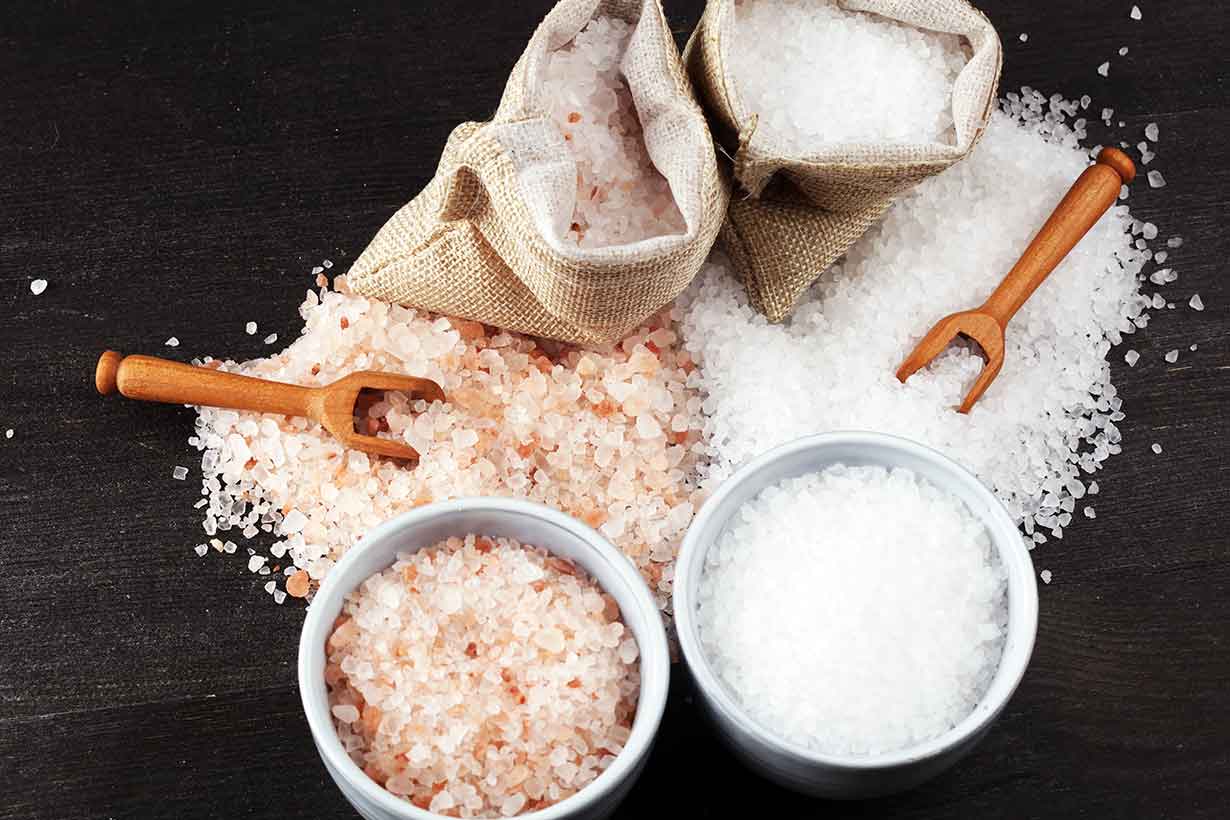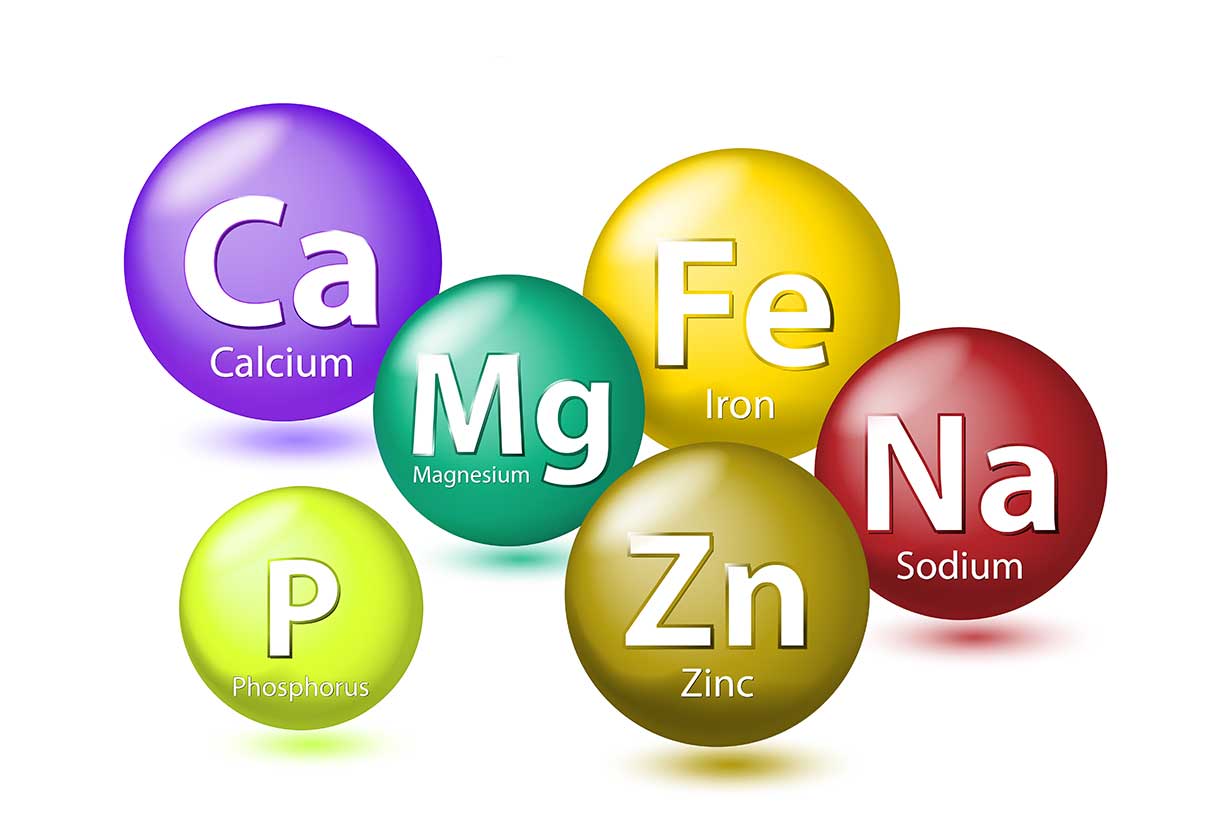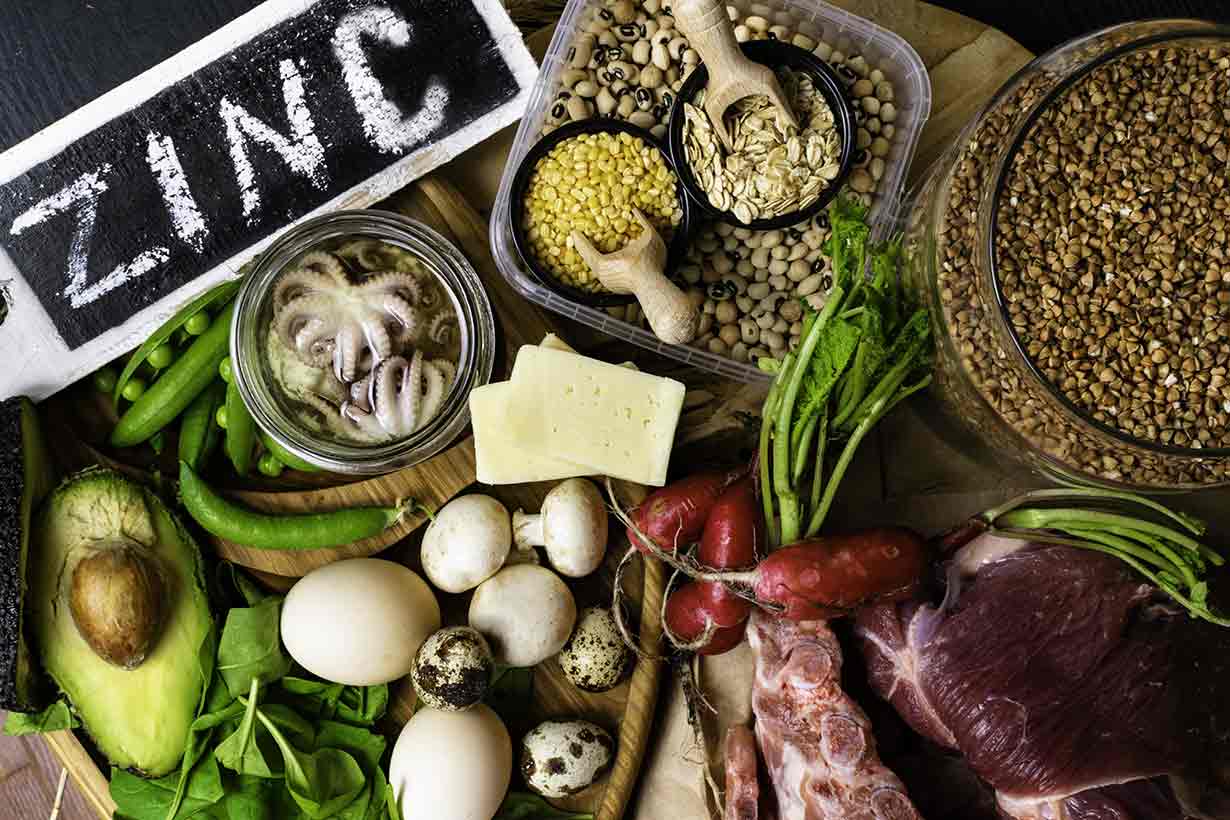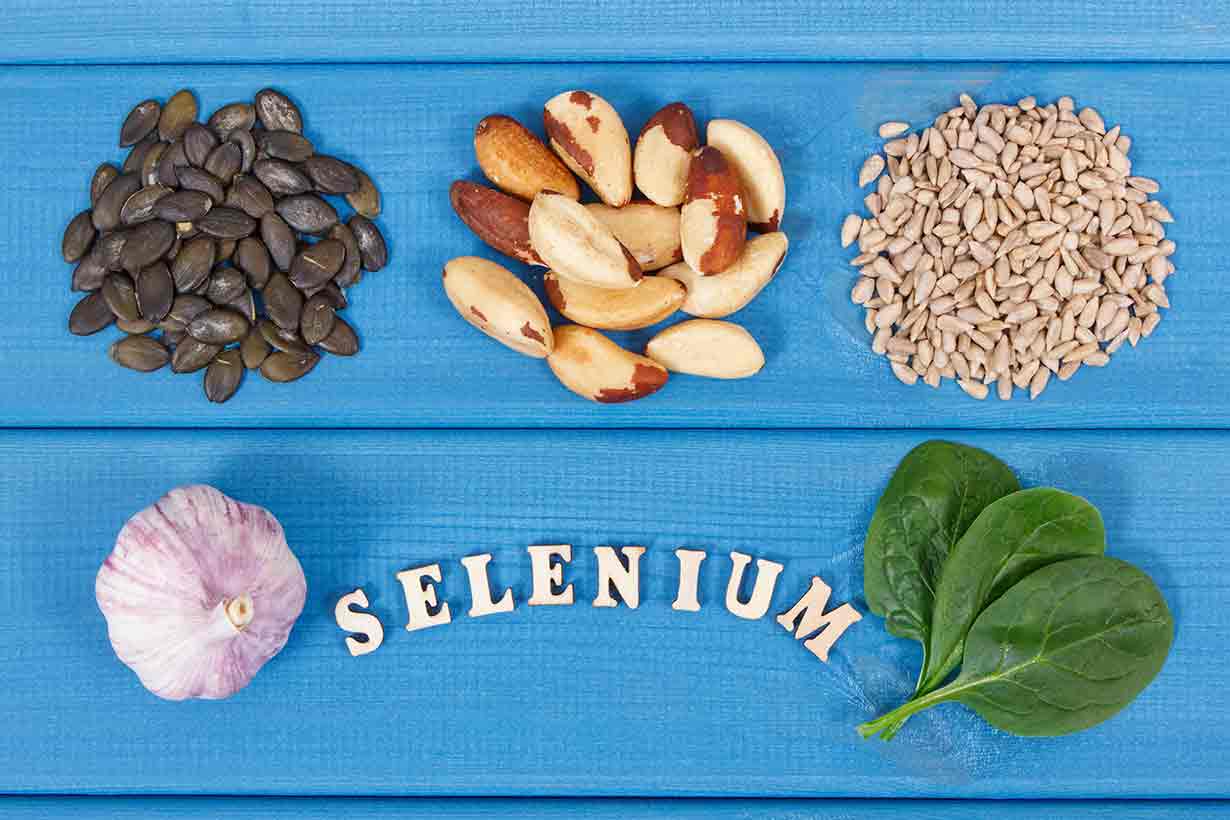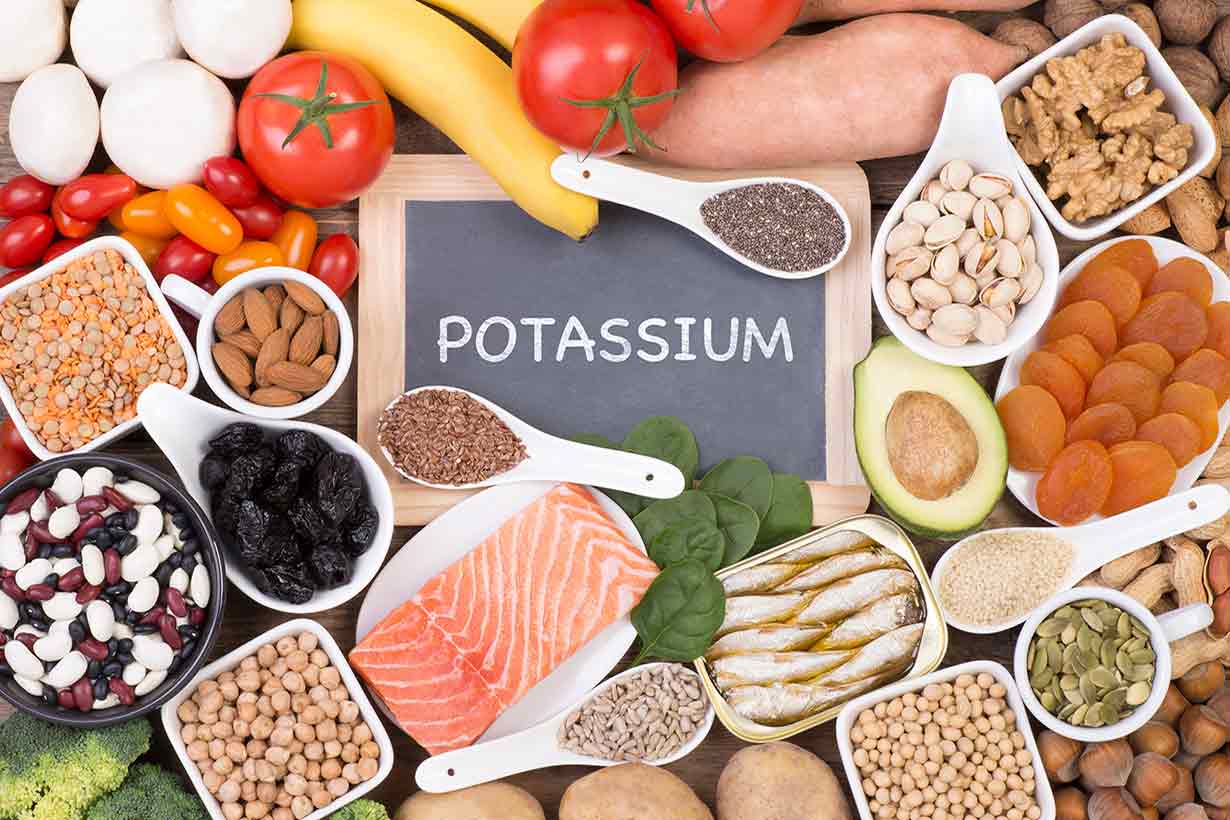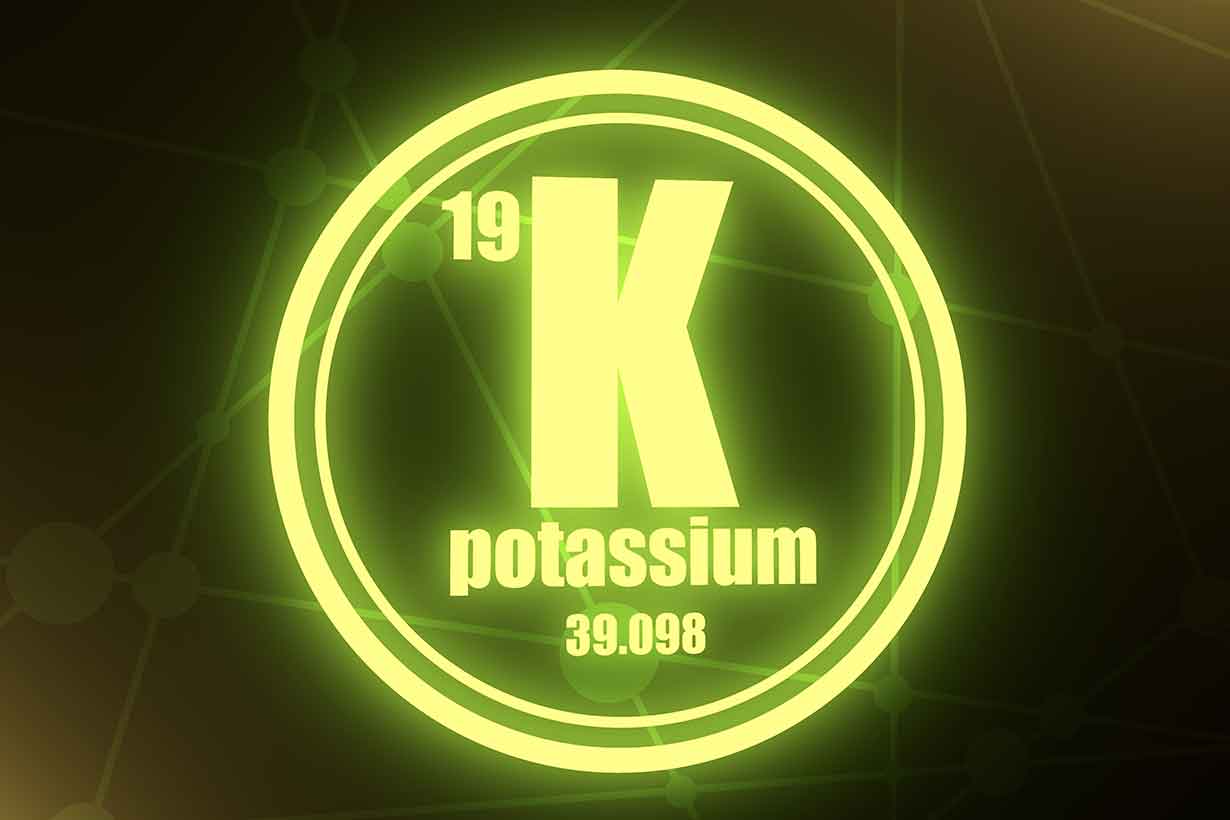40 Foods High In Sodium
Sodium is an essential mineral.
However, excessive intake can sometimes lead to problems such as increased blood pressure (1).
For this reason, some people actively try to limit their sodium intake.
The FDA established a 2300 mg ‘daily value’ (% DV) for sodium based on a 2000-calorie diet (2).
One of the easiest ways to increase sodium intake is by adding large amounts of salt to food. However, some food ingredients already contain surprisingly large amounts of sodium, and some foods contain it naturally.
This guide provides a list of common foods and ingredients that are high in sodium.
Foods High In Sodium
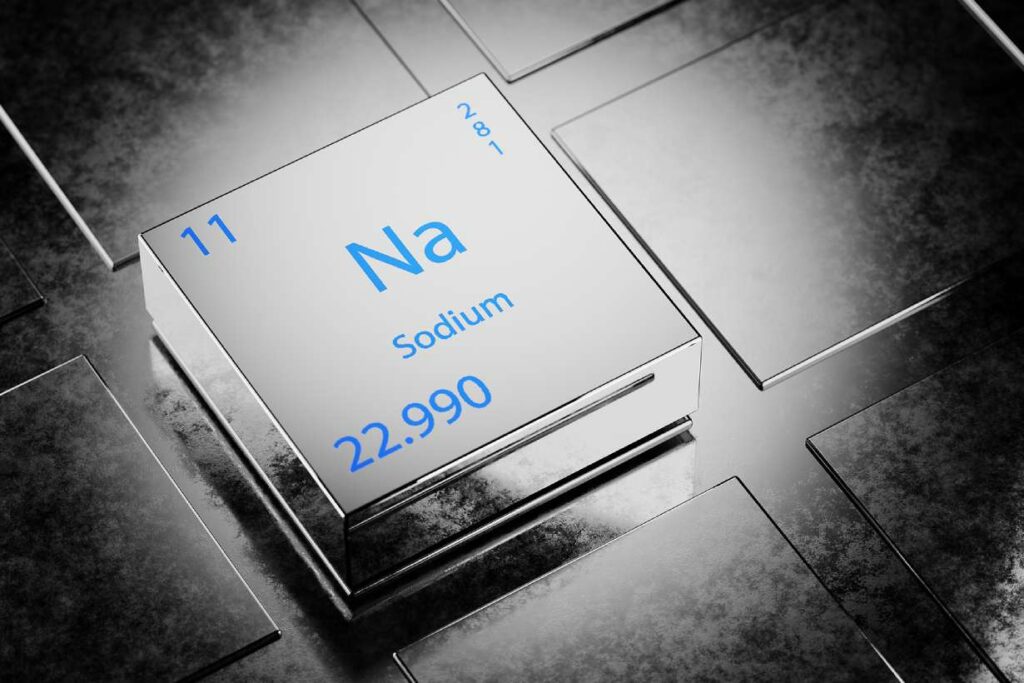
The following list shows foods that contain high sodium levels in descending order based on their sodium content per typical serving.
Sodium content per 100 grams and per typical serving size will be shown for each food.
A nutrition database held by the USDA called FoodData Central is the source of all nutritional data.
1) Salted cod, dried
| Sodium per ounce (28.35g) | Sodium per 100 grams |
|---|---|
| 1990 mg (87% DV) | 7030 mg (306% DV) |
An ounce (28.35g) serving of salted cod provides 1990 mg of sodium, 87% of the daily value (3).
2) King crab, cooked
| Sodium per 134g leg | Sodium per 100 grams |
|---|---|
| 1430 mg (62% DV) | 1070 mg (47% DV) |
King crab is naturally salty, and a 134-gram leg contains 1430 mg sodium, 62% of the daily value (4).
3) Fish sauce
| Sodium per 18g tablespoon | Sodium per 100 grams |
|---|---|
| 1410 mg (61% DV) | 7850 mg (341% DV) |
Fish sauce is a condiment with high salt levels; an 18-gram tablespoon provides 1410 mg of sodium, 61% of the daily value (5).
4) Clams, cooked
| Sodium per 3oz (85g) serving | Sodium per 100 grams |
|---|---|
| 1020 mg (44% DV) | 1200 mg (52% DV) |
A three-ounce serving of clams typically contains 1020 mg of sodium, 44% of the daily value (6).
5) Black bean sauce
| Sodium per 16g tablespoon | Sodium per 100 grams |
|---|---|
| 934 mg (41% DV) | 5840 mg (254% DV) |
Black bean sauce is a salty condiment made from fermented black soybeans that often features in Chinese cuisine.
It contains 934 mg of sodium per tablespoon, 41% of the daily value (7).
6) Kielbasa, grilled
| Sodium per 3oz (85g) | Sodium per 100 grams |
|---|---|
| 901 mg (39% DV) | 1060 mg (46% DV) |
Kielbasa is a heavily salted processed meat (sausage) product. A three-ounce (85g) serving provides 934 mg of sodium, 41% of the daily value (8).
7) Soy sauce, made from soy and wheat
| Sodium per 16g tablespoon | Sodium per 100 grams |
|---|---|
| 878 mg (38% DV) | 5490 mg (239% DV) |
Soy sauce made is a popular but heavily salted condiment. A 16-gram tablespoon contains 878 mg of sodium, 38% of the daily value (9).
8) Miso
| Sodium per 17g tablespoon | Sodium per 100 grams |
|---|---|
| 634 mg (28% DV) | 3780 mg (164% DV) |
Miso is a salty fermented soybean pasta and a popular Japanese ingredient. A 17-gram tablespoon provides 634 mg of sodium, 28% of the daily value (10).
9) Cuttlefish, cooked
| Sodium per 3oz (85g) | Sodium per 100 grams |
|---|---|
| 632 mg (27% DV) | 744 mg (32% DV) |
Cuttlefish is a naturally salty seafood containing 632 mg of sodium per three-ounce cooked serving. This sodium content is 27% of the daily value (11).
10) Salami, pork
| Sodium per ounce (28.35g) | Sodium per 100 grams |
|---|---|
| 529 mg (23% DV) | 1890 mg (82% DV) |
As a cured sausage product, salami contains a lot of salt. An ounce (28.35g) serving has 529 mg of sodium, 23% of the daily value (12).
11) Cheese sauce
| Sodium per 1/4 cup (63g) | Sodium per 100 grams |
|---|---|
| 522 mg (23% DV) | 828 mg (36% DV) |
A quarter-cup of cheese sauce provides 522 mg of sodium, 23% of the daily value (13).
12) Abalone, cooked
| Sodium per 3oz (85g) | Sodium per 100 grams |
|---|---|
| 502 mg (22% DV) | 591 mg (26% DV) |
Abalone is another naturally salty seafood option. A three-ounce (85-gram) serving contains 502 mg of sodium, 22% of the daily value (14).
13) Cheese, Parmesan, hard
| Sodium per ounce (28.35g) | Sodium per 100 grams |
|---|---|
| 496 mg (22% DV) | 1750 mg (76% DV) |
All cheese varieties contain moderate to high amounts of salt. Hard Parmesan has 496 mg of sodium per ounce serving, 22% of the daily value (15).
14) Spinach, cooked
| Sodium per 180g cup | Sodium per 100 grams |
|---|---|
| 472 mg (21% DV) | 262 mg (11% DV) |
Some vegetables naturally contain high sodium levels, and spinach is one of these. A 180-gram cup of cooked spinach contains 472 mg, 21% of the daily value (16).
15) Cucumber pickle
| Sodium per small (37g) piece | Sodium per 100 grams |
|---|---|
| 448 mg (19% DV) | 1210 mg (53% DV) |
Since they are pickled in salt, cucumber pickles are very sodium-rich. A small 37-gram cucumber pickle contains 448 mg, 19% of the daily value (17).
16) Pepperoni, beef and pork
| Sodium per ounce (28.35g) | Sodium per 100 grams |
|---|---|
| 442 mg (19% DV) | 1580 mg (69% DV) |
As a type of cured meat, pepperoni contains a large amount of salt. An ounce (28.35g) serving provides 442 mg of sodium, 19% of the daily value (18).
17) Pesto
| Sodium per 63g 1/4 cup | Sodium per 100 grams |
|---|---|
| 380 mg (17% DV) | 603 mg (26% DV) |
Pesto contains a range of ingredients, including high amounts of salt. A 63-gram quarter cup serving has 380 mg of sodium, 17% of the daily value (19).
18) Beet greens, cooked
| Sodium per 144g cup | Sodium per 100 grams |
|---|---|
| 347 mg (15% DV) | 241 mg (10% DV) |
Beet greens are another leafy green vegetable that is naturally high in sodium.
A 144-gram cup serving provides 347 mg of sodium, 15% of the daily value (20).
19) Swiss chard, cooked
| Sodium per 175g cup | Sodium per 100 grams |
|---|---|
| 313 mg (14% DV) | 179 mg (8% DV) |
Cooked Swiss chard has a natural sodium content of 313 mg per 175-gram cup, 14% of the daily value (21).
20) American Cheese
| Sodium per 21g slice | Sodium per 100 grams |
|---|---|
| 269 mg (12% DV) | 1280 mg (56% DV) |
American cheese, also known as processed cheese, typically contains 269 mg of sodium per 21-gram slice. This amount is 12% of the daily value (22).
21) Bacon, smoked, cooked
| Sodium per 2-slice serving | Sodium per 100 grams |
|---|---|
| 269 mg (12% DV) | 1680 mg (73% DV) |
Two slices of cooked bacon typically contain 269 mg of sodium, 12% of the daily value (23).
22) Ketchup
| Sodium per ounce (28.35g) | Sodium per 100 grams |
|---|---|
| 260 mg (11% DV) | 928 mg (40% DV) |
Ketchup contains a fair amount of added salt, giving it a sodium content of 260 mg per ounce serving. This amount is 11% of the daily value (24).
23) Scallops, cooked
| Sodium per 3oz (85g) | Sodium per 100 grams |
|---|---|
| 256 mg (11% DV) | 301 mg (13% DV) |
A three-ounce (85g) serving of scallops contains 256 mg of sodium, 11% of the daily value (25).
24) Green olives
| Sodium per 15g serving | Sodium per 100 grams |
|---|---|
| 234 mg (10% DV) | 1560 mg (68% DV) |
Since they undergo a curing process, green olives are pretty salty. They have 234 mg of sodium per 15-gram serving, 10% of the daily value (26).
25) Ham, sliced, regular
| Sodium per 28g slice | Sodium per 100 grams |
|---|---|
| 228 mg (10% DV) | 814 mg (35% DV) |
Sliced ham contains high amounts of salt, giving it 228 mg of sodium per 28-gram slice, 35% of the daily value (27).
26) Tartar sauce
| Sodium per 2 tbsp (30g) | Sodium per 100 grams |
|---|---|
| 200 mg (9% DV) | 667 mg (29% DV) |
Two tablespoons of tartar sauce have 200 mg of sodium, 9% of the daily value (28).
27) Sauerkraut
| Sodium per 30g serving | Sodium per 100 grams |
|---|---|
| 198 mg (9% DV) | 659 mg (29% DV) |
Saurkraut is salt-fermented cabbage with a relatively high sodium content of 198 mg per 30-gram serving, 9% of the daily value (29).
28) Mayonnaise
| Sodium per ounce (28g) | Sodium per 100 grams |
|---|---|
| 178 mg (8% DV) | 635 mg (28% DV) |
An ounce (28-gram) serving of mayonnaise provides 178 mg of sodium, 8% of the daily value (30).
29) Barbecue sauce
| Sodium per 17g tablespoon | Sodium per 100 grams |
|---|---|
| 175 mg (8% DV) | 1030 mg (45% DV) |
Barbecue sauce is a popular condiment with a relatively high sodium content; 175 mg per tablespoon, 8% of the daily value (31).
30) Coleslaw
| Sodium per 55-gram serving | Sodium per 100 grams |
|---|---|
| 154 mg (7% DV) | 280 mg (12% DV) |
Coleslaw typically contains 154 mg of sodium per 55-gram serving, 7% of the daily value (32).
31) Whey protein powder
| Sodium per two scoops (39g) | Sodium per 100 grams |
|---|---|
| 150 mg (7% DV) | 385 mg (17% DV) |
Milk naturally contains sodium, as do dairy products from milk, like whey protein.
A 39-gram two-scoop serving of whey protein contains 150 mg of sodium, 7% of the daily value (33).
32) Kimchi
| Sodium per 30g serving | Sodium per 100 grams |
|---|---|
| 149 mg (6% DV) | 498 mg (22% DV) |
As a fermented food, kimchi contains large amounts of salt, giving it a high sodium content.
A 30-gram serving has 149 mg, 6% of the daily value (34).
33) Oysters, cooked
| Sodium per 3oz (85g) | Sodium per 100 grams |
|---|---|
| 139 mg (6% DV) | 163 mg (7% DV) |
Oysters naturally contain sodium, with a three-ounce (85-gram) serving providing 139 mg, 6% of the daily value (35).
34) Peanut butter
| Sodium per 2 tbsp (32g) | Sodium per 100 grams |
|---|---|
| 137 mg (6% DV) | 429 mg (19% DV) |
A two-tablespoon (32g) serving of peanut butter provides 137 mg of sodium, 6% of the daily value (36).
35) Bread, white, commercially prepared
| Sodium per 17g tablespoon | Sodium per 100 grams |
|---|---|
| 130 mg (6% DV) | 477 mg (21% DV) |
Bread is a popular staple food for many people, and it has a relatively high sodium content. A 27.3-gram slice of bread typically contains 130 mg of sodium, 6% of the daily value (37).
36) Margarine
| Sodium per 14g tablespoon | Sodium per 100 grams |
|---|---|
| 97.2 mg (4% DV) | 694 mg (30% DV) |
Margarine contains moderate salt, so it is relatively high in sodium. A 14-gram tablespoon serving provides 97.2 mg, 4% of the daily value (38).
37) Celeriac, cooked
| Sodium per 155g cup | Sodium per 100 grams |
|---|---|
| 94.6 mg (4% DV) | 61 mg (3% DV) |
Celeriac is another vegetable that naturally contains sodium. A 155-gram cup offers 94.6 mg of the mineral, 4% of the daily value (39).
38) Butter, salted
| Sodium per 14g tablespoon | Sodium per 100 grams |
|---|---|
| 91.3 mg (4% DV) | 643 mg (28% DV) |
A 14-gram tablespoon of butter contains 91.3 mg of sodium, 4% of the daily value (40).
39) Salmon, Atlantic, cooked
| Sodium per 154-gram 1/2 fillet | Sodium per 100 grams |
|---|---|
| 86.2 mg (4% DV) | 56 mg (2% DV) |
Salmon naturally contains 86.2 mg of sodium per half-fillet serving, 4% of the daily value (41).
40) Goji berries, dried
| Sodium per ounce (28g) | Sodium per 100 grams |
|---|---|
| 83.4 mg (4% DV) | 298 mg (13% DV) |
Dried goji berries are quite sodium-rich for fruit; an ounce serving provides 83.4 mg, 4% of the daily value (42).
Important considerations about foods high in sodium
As this article shows, numerous common foods and ingredients contain relatively high levels of sodium.
Here are a few extra important considerations regarding sodium in food:
- The sodium content of (processed) packaged foods can vary by product and brand, but it tends to be high. To better understand the sodium content in a particular food product, it is important to check packaging labels.
- Fast food meals like pizza, burgers and fries, kebabs, and Chinese takeout dishes tend to be very sodium-rich. If limiting sodium intake, it is better to limit such meals.
- Although some vegetables (such as leafy greens) can be high in sodium, they also have significant potassium content. Many people do not consume enough potassium; this mineral plays a vital role in blood sugar regulation alongside sodium. Furthermore, a higher potassium intake has consistently been found to lower blood pressure in large observational studies and randomized controlled trials (43, 44).

